Gwalia Stores
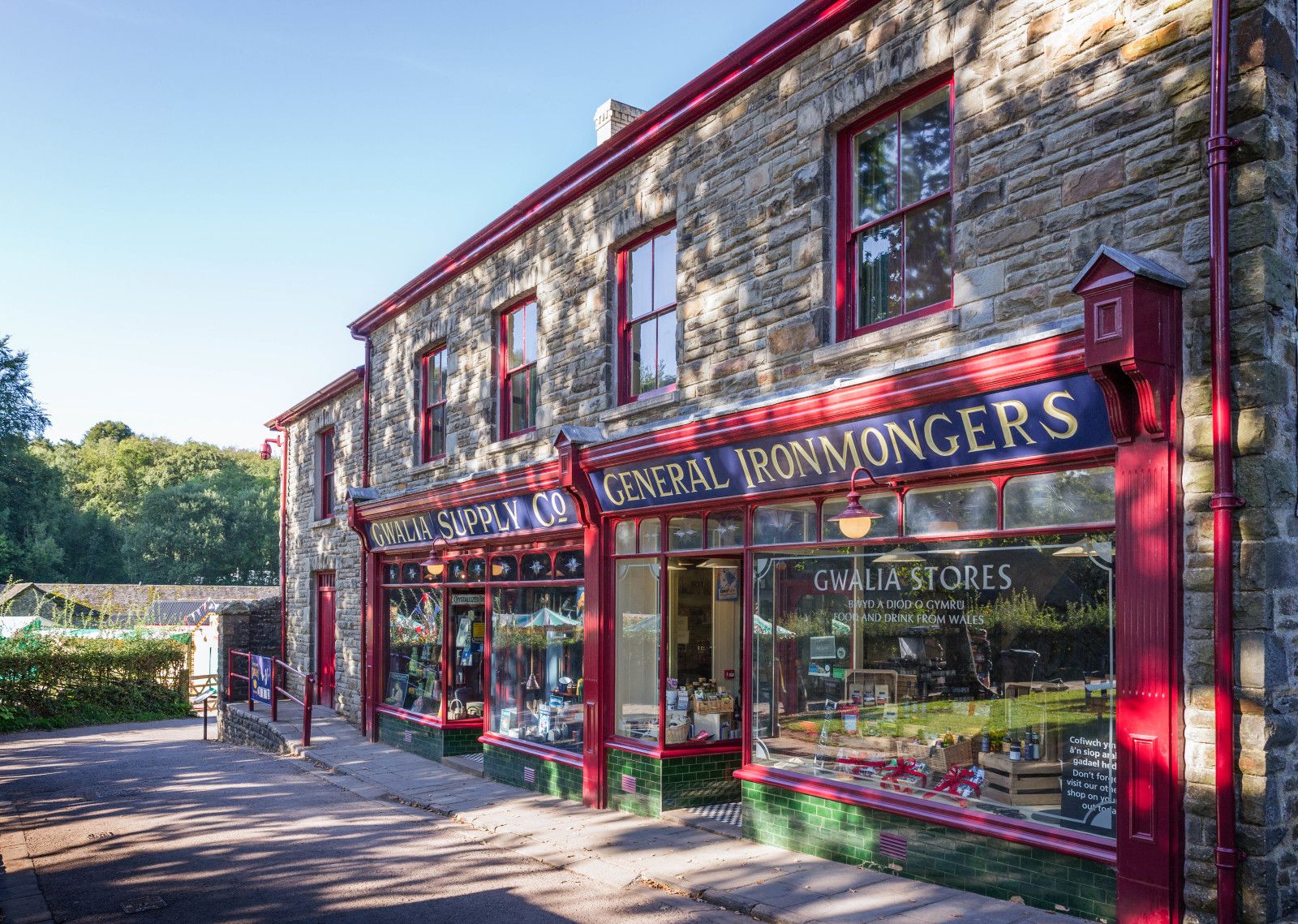
What sort of building is Gwalia?
Gwalia Stores was a typical Welsh valleys store originally located in Ogmore Vale, near Bridgend.
Shopping in Gwalia in the 19th century was certainly very different to how it is today. There were no supermarkets and no shopping online which is relatively new although more people started doing this in recent times, particularly during Lockdown!
What does the word ‘Gwalia’ mean in English?
Gwalia is an old poetic name for Wales. There were other stores in Wales called Gwalia, including one in the High Street, Llantrisant, Rh C T. It also lends its name to an accommodation agency and a holiday firm.
A paddle steamer called Gwalia used to sail from Penarth Pier in the early 1900s.
The "Gwalia" at Barry PierWho were the people who worked in Gwalia?
The shopkeepers were William and Mary Llewellyn. They took over the only shop in Ogmore and in 1880, moved to Gwalia Stores which became a very successful business, eventually expanding into an ironmongery, bakery, grocery, gentlemen’s outfitters, chemist and animal feed store.
So it was possible for people to shop for everything they needed in one place!
The specialist firm Parnalls of Bristol installed new mahogany counters and shelving and the Stores became known as ‘the Harrods of the Valleys’.
William became a local Liberal politician and property owner. They were the first in the area to own a car which William proudly called Genevieve.
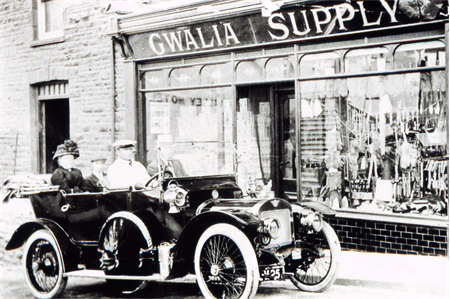
Mr and Mrs Llewellyn in their chauffeur-driven car Genevieve outside Gwalia Stores
Mr. and Mrs. Llewellyn moved from living above the shop to a large house in the Vale of Glamorgan. They took on several staff who lived in the attic of Gwalia. Their salary was 8 shillings (40p) per week.
What did Gwalia Stores sell?
The shop was next to the railway station and was well placed to sell a variety of food e.g. bacon from the local farms, cheese, eggs and butter as well as imported goods such as Mazawattee tea from China, sugar from the Caribbean and Africa and coffee beans from Brazil.
When the customer entered the stores, the member of staff in the Stores who would choose the items the customer wished to buy from the shelves. They would also weigh out the amount of tea required and grind coffee beans to order.
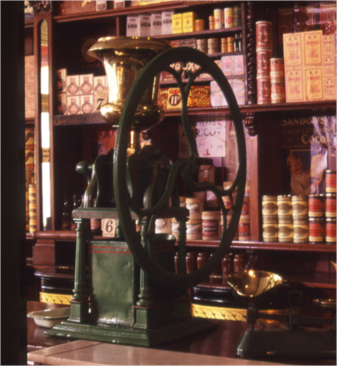
The bags used for the customers can be seen on the shelf below.
In all probability these bags were also re-used by the customers again so this tells us that recycling is not a recent idea!
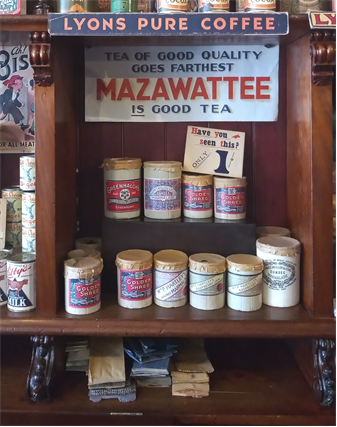
Shelf in Gwalia advertising Mazawattee tea and Lyons coffee. The customer bags are on the bottom shelf
Biscuits such as custard creams, Jammy Dodgers and Garibaldi were sold in the Stores, and these too were placed in bags for the customer.
Of course these biscuits are still very popular today! Broken biscuits were sold at a discount price. Can you see them in the top right hand side of the photograph below?
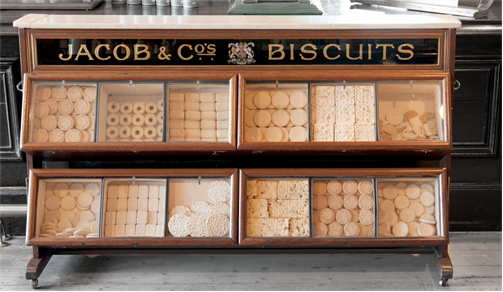
How did the Stores keep food cold?
In the absence of fridges and freezers, cold food such as eggs and cheese would be kept on a marble counter.
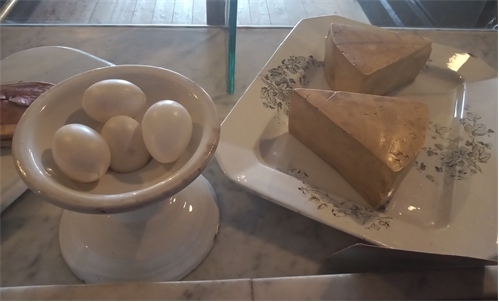
The marble counter with replica eggs and cheese
Unwrapped items like these would need to be protected from insects so fly paper was hung on the roof above them as shown in the photo below.
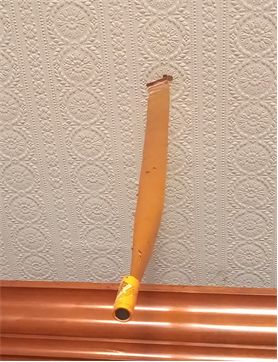
After customers bought their items, a member of staff from Gwalia Stores would take their purchases to their homes on a delivery bicycle with a front basket.
Mr. and Mrs. Llewellyn were always polite to their customers and expected the same from the staff working for them!
What happened to Gwalia in the later years?
When Thomas succeeded his father in the 1920s, life was harder for the local people and customers often couldn’t pay their bill during the General Strike of 1926 and the Depression in the 1930s.
The Stores finally closed its doors in 1973 when supermarkets became popular, and it was moved to the Museum in 1988.
Did you know?
Most homes in the 19th century had little heating. Amongst the items sold by the Gwalia’s ironmongery were ceramic hot water bottles as Central heating, of course, was not in existence at this time.
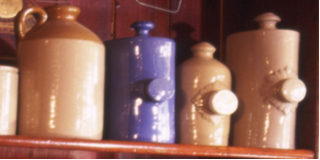
Dr. David Owen, the retired SDP MP is a direct descendent of the Llewellyn family.
The Learning Department in St Fagans National Museum of History organizes Gwalia Stores workshops for primary school children so they can learn about how people shopped before supermarkets!
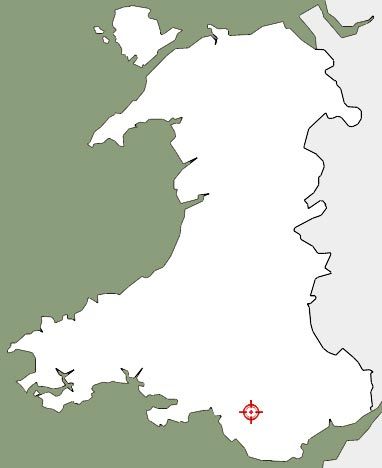
Building facts:
- Original Location: Commercial Street, Ogmore Vale, Glamorgan
- Date originally built: 1880
- Furnished: 1920s
- Moved to St Fagans: 1988
Oral testimony from the archive
Rev. Canon Dillwyn Llewellyn Jones describing how his grandparents, William and Mary Llewellyn, came to Ogmore Vale in the late 19th century to start a grocery business.
Mr Arthur Tuck of Ogmore Vale describing how Gwalia Stores was ideally located across the road from the railway station.